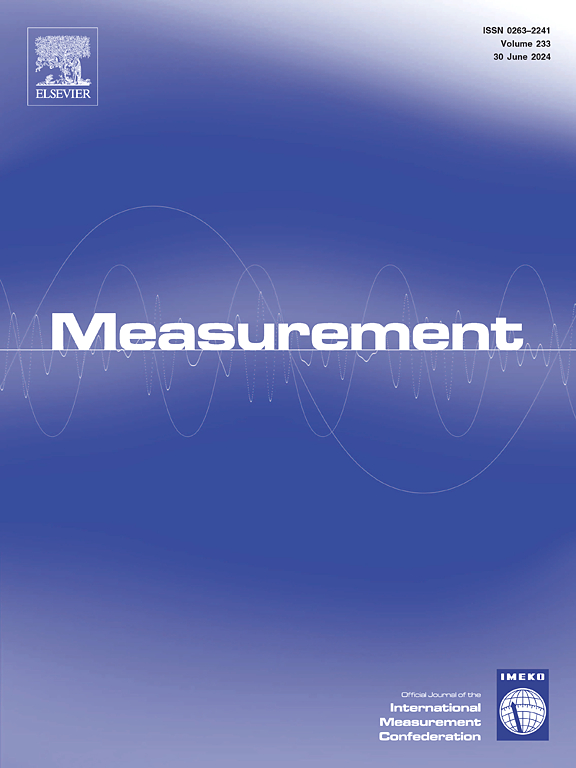在景观建筑中实现数字技术:基于深度学习的城市景观图像分割
IF 5.6
2区 工程技术
Q1 ENGINEERING, MULTIDISCIPLINARY
引用次数: 0
摘要
数字技术在城市公园景观设计中发挥着至关重要的作用,通过精确的数据分析、模拟和优化,提高设计效率、精度和记忆,同时也旨在提高生态可持续性和用户体验。具体来说,城市景观图像分割作为一项关键的数字技术,可以对城市街道场景中的各种元素进行精确的识别和分割,提供详细的场地分析和景观模拟。这有助于设计师在规划和优化城市布局时做出明智的决定,从而产生美观和功能良好的环境。因此,我们提出了用于城市景观分割的YOLACT-Premium模型,该模型包括增强型非对称洗牌网络(EASNet)和双路由表示学习模块(TRLM)。EASNet增强了特征提取能力,而TRLM提高了多分辨率空间和语义信息的高效融合,生成了高质量的分割掩码。我们的主要实验评估是在一个复合数据集上进行的,该数据集融合了来自cityscape基准和各种现场收集的城市场景的图像,并在BDD100K数据集上进行了进一步的鲁棒性验证。结果表明,YOLACT-Premium的平均精度(mAP) @0.5:0.95为52.05%,[email protected]为75.58%。在NVIDIA GeForce RTX 3050 GPU (8 GB VRAM)上使用FP32精度测试推理速度为18.09 FPS,输入分辨率为640*640,批处理大小为1。具体来说,在采用对象尺度标准COCO评估协议的对比实验中,其中“小”对象的面积为322像素,“中”对象的面积在322 - 962像素之间,“大”对象的面积为962像素,YOLACT-Premium在这些类别中表现出卓越的性能,分别达到24.05%(小),48.11%(中)和56.00%(大对象)的值。这些发现表明,该模型具有处理大范围对象大小的强大能力,并且适用于需要在典型桌面级硬件上平衡高精度、召回率和接近实时处理速度的应用程序。本文章由计算机程序翻译,如有差异,请以英文原文为准。
Implementing digital technology in landscape architecture: cityscape image segmentation via deep learning
Digital technology plays a crucial role in urban park landscape design by enhancing design efficiency, precision, and recall through precise data analysis, simulation, and optimization, while also aiming to improve ecological sustainability and user experience. Specifically, cityscape image segmentation, as a key digital technology, enables the precise identification and segmentation of various elements within urban street scenes, providing detailed site analysis and landscape simulation. This assists designers in making informed decisions when planning and optimizing urban layouts, resulting in aesthetically pleasing and functional environments. Therefore, we present the YOLACT-Premium model for cityscape segmentation, which includes the Enhanced Asymmetric Shuffle Network (EASNet) and the Twin-route Representation Learning Module (TRLM). EASNet enhances feature extraction capabilities, while TRLM improves the efficient fusion of multi-resolution spatial and semantic information, generating high-quality segmentation masks. Our primary experimental evaluations were conducted on a composite dataset amalgamating images from the Cityscapes benchmark and diverse field-collected urban scenes, with further robustness validation performed on the BDD100K dataset. Results demonstrate that YOLACT-Premium achieves a mean Average Precision (mAP) @0.5:0.95 of 52.05 % and a [email protected] of 75.58 %. Inference speed was benchmarked at 18.09 FPS using FP32 precision on an NVIDIA GeForce RTX 3050 GPU (8 GB VRAM) with a 640*640 input resolution and a batch size of 1. Specifically, in comparative experiments employing standard COCO evaluation protocols for object scale, wherein ’small’ objects have an area <322 pixels, ’medium’ between 322–962 pixels, and ’large’ >962 pixels, YOLACT-Premium demonstrates superior performance across these categories, achieving [email protected] values of 24.05 % (small), 48.11 % (medium), and 56.00 % (large objects), respectively. These findings indicate the model’s robust capability to handle a wide range of object sizes and its suitability for applications requiring a balance of high precision, recall, and near real-time processing speed on typical desktop-grade hardware.
求助全文
通过发布文献求助,成功后即可免费获取论文全文。
去求助
来源期刊

Measurement
工程技术-工程:综合
CiteScore
10.20
自引率
12.50%
发文量
1589
审稿时长
12.1 months
期刊介绍:
Contributions are invited on novel achievements in all fields of measurement and instrumentation science and technology. Authors are encouraged to submit novel material, whose ultimate goal is an advancement in the state of the art of: measurement and metrology fundamentals, sensors, measurement instruments, measurement and estimation techniques, measurement data processing and fusion algorithms, evaluation procedures and methodologies for plants and industrial processes, performance analysis of systems, processes and algorithms, mathematical models for measurement-oriented purposes, distributed measurement systems in a connected world.
 求助内容:
求助内容: 应助结果提醒方式:
应助结果提醒方式:


